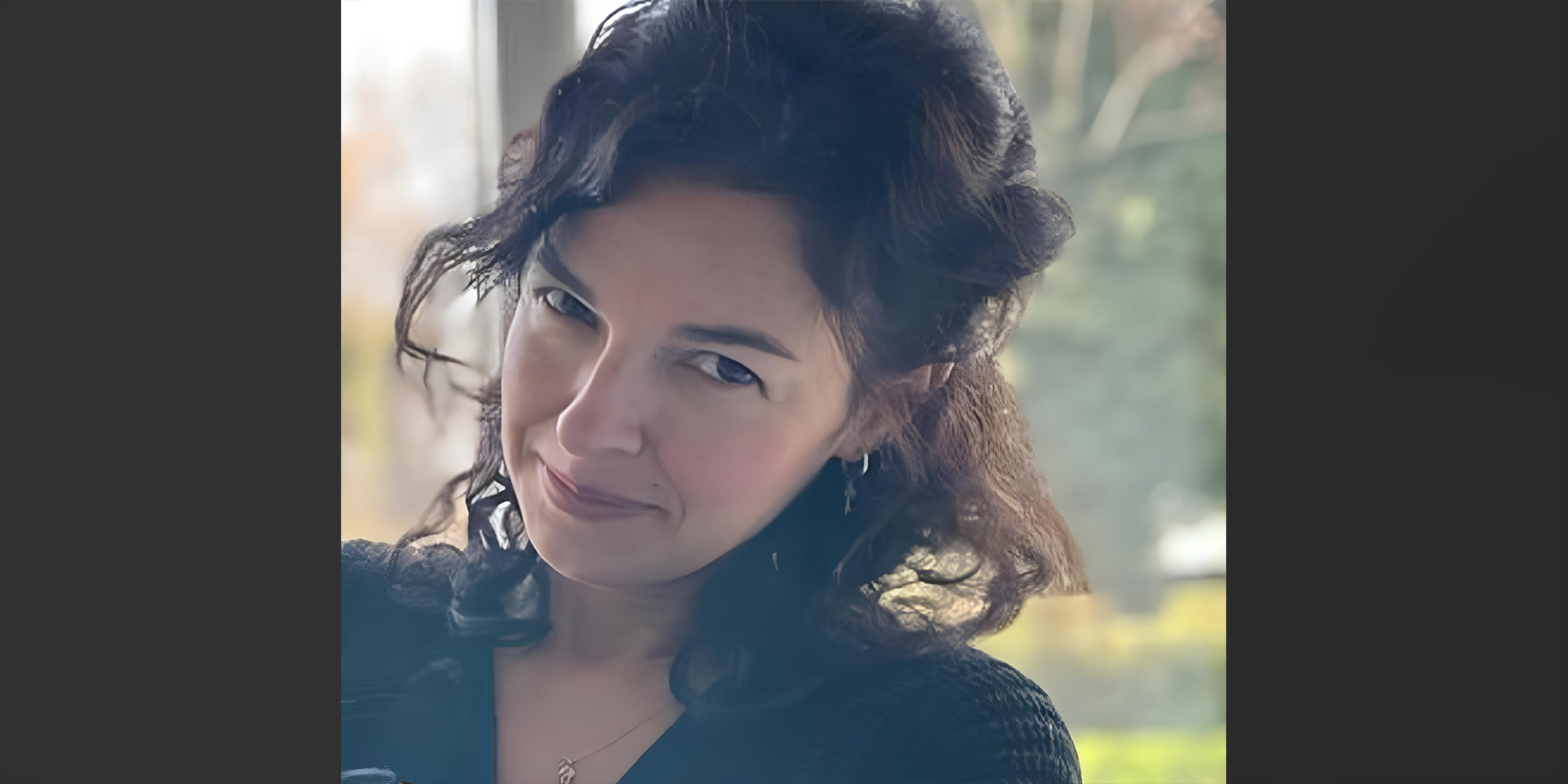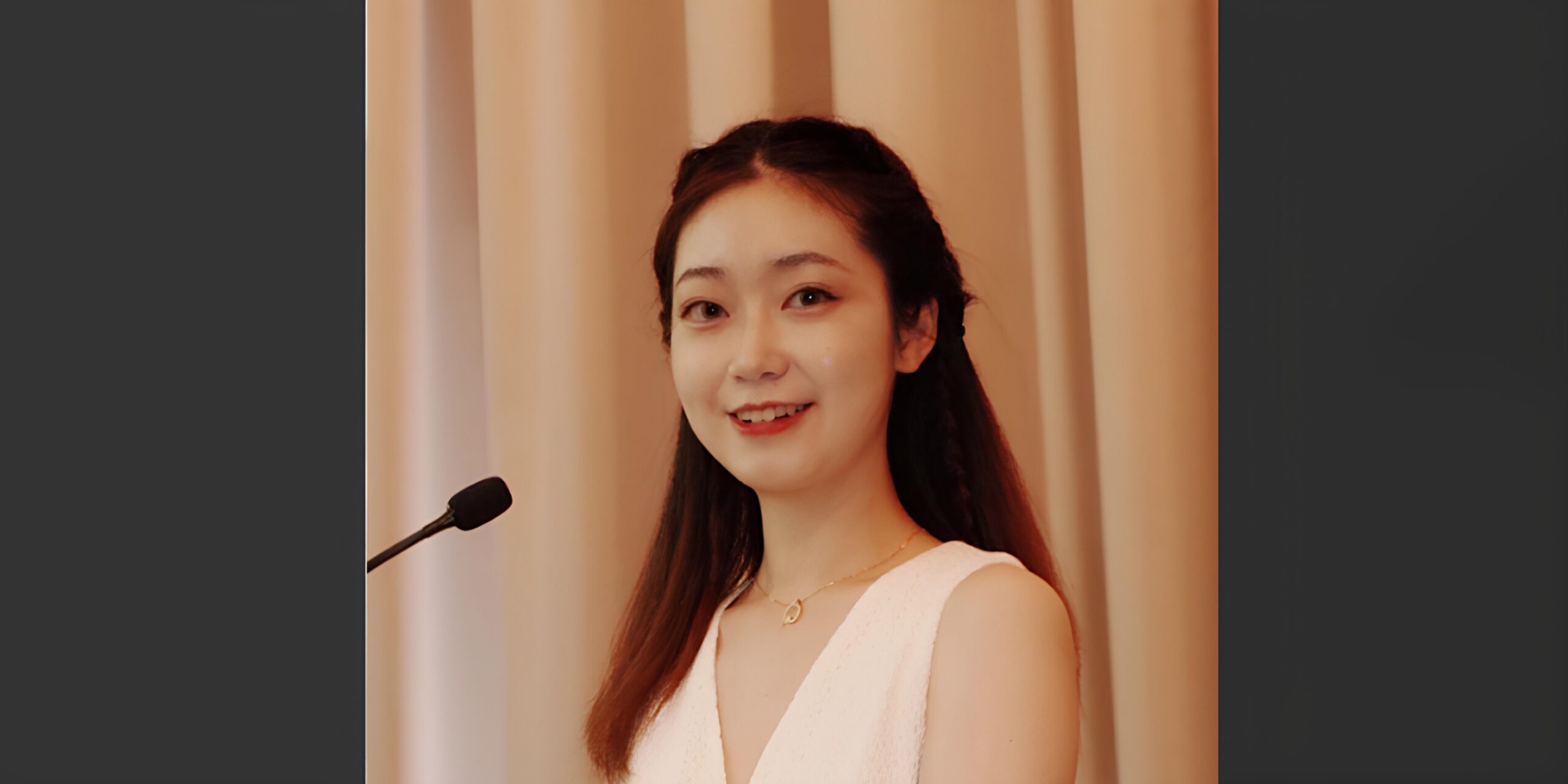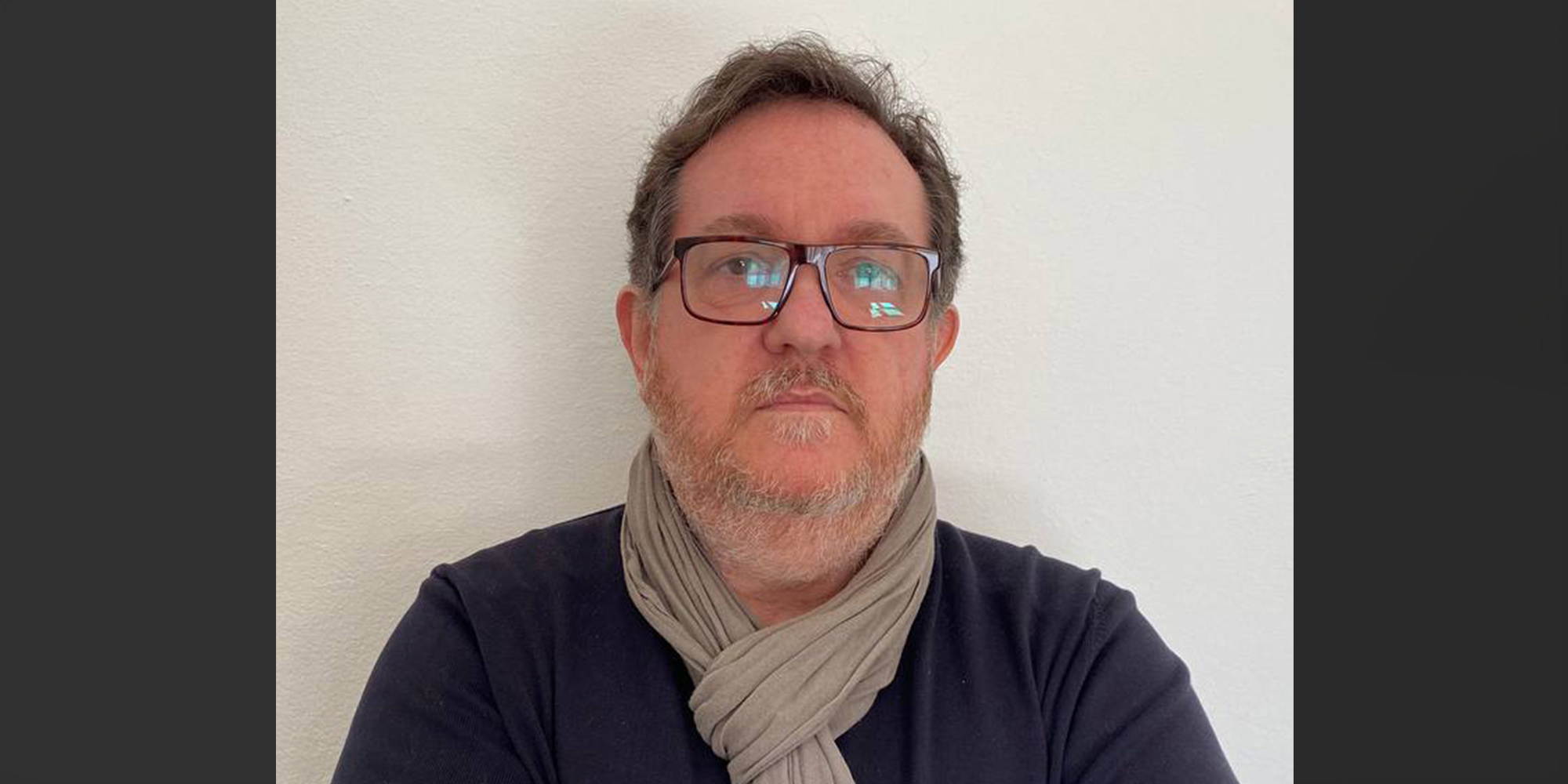Media Matters, the exclusive interview series by Fublis, shines a spotlight on media professionals—journalists, editors, writers, and content creators—who are shaping the way we perceive and engage with the world through storytelling. In this edition, we speak with Berrin Chatzi Chousein, the Editor-in-Chief of World Architecture Community, a global platform dedicated to architecture news, discourse, and innovation.
With a background in architecture and a deep passion for media, Berrin brings a unique perspective to the evolving field of architectural journalism. Since joining World Architecture Community in 2008, her role has grown from contributor to editor-in-chief, where she now leads content strategy, oversees editorial contributions from a global network of reporters, and shapes the platform’s engagement and collaboration efforts.
In this interview, Berrin reflects on the power of architectural journalism to influence dialogue, raise awareness, and drive innovation within the built environment. She discusses her editorial approach, the challenges and rewards of covering architecture on a global scale, and the transformative impact of emerging trends like architectural visualization and AI-powered tools. She also offers thoughtful guidance to aspiring architecture writers on finding their voice and navigating the fast-paced media landscape.
Join us as we explore Berrin’s journey and insights into how media continues to shape the future of architecture and design.
Can you tell us about your role as Editor-in-Chief at World Architecture Community?
Berrin Chatzi Chousein: My role at the World Architecture Community, a global architecture platform, is to curate headlines/main news, manage overall content, and research research-oriented content that can contribute to the architecture profession. When I say content research, I don’t mean research on specific trending topics, but bringing informative content for young, aspiring, or professional architects. In addition, I oversee the content of volunteer Reporters/Country Editors in the World Architecture Community Country Editors/Reporters Program. I also determine the platform’s social media/PR strategies and identify potential new collaborations.
What inspired you to pursue a career in architecture journalism?
Berrin Chatzi Chousein: Since I am an architect, I realized at university that I was interested in the architectural media side as well as the production system of architecture. In 2008, I saw that the World Architecture Community was looking for volunteer Country Reporters, I applied and was accepted. After a while, since I was actively writing content, my positions increased over time and I started working as a working editor. What I am trying to say is; that the media side of architecture was more dynamic, a medium where you constantly kept yourself up to date (or had to), had to do research, and could reflect your own perspective, and it was quite exciting in terms of drawing attention to something or unknown. A detail you wrote and an unexpected perspective can have a transformative power in the discipline of architecture because your discourse becomes somehow accessible and permanent with the power of the media.
How do you decide which topics or projects to feature on World Architecture Community?
Berrin Chatzi Chousein: We have editors who review the submissions for the publication of projects on the platform every day. There are no formally defined strict criteria for project selection because there is no clear definition of a remarkable project. However, in general, there are certain criteria that we look at in our project selection; For example, in order to be considered news, it needs to be current (designed or built in the last 2 years), whether the design method provides new information for architects, whether new materials and construction techniques are used, whether the project is aesthetically beautiful or not (because a project that cannot be described as “beautiful” can also lead you to a completely different “rabbit hole”), and whether the story behind the project is interesting can tell us a lot about the publication.
What do you enjoy most about covering architecture on a global scale?
Berrin Chatzi Chousein: I can say two types of content about this; first, I find it a priority and a responsibility to cover headline news that contains a real “problem” in the discipline of architecture and aims to solve it. I enjoy writing this news because I want to draw attention to the problem there as soon as possible globally.
How do you stay updated on the latest trends and developments in the architecture world?
Berrin Chatzi Chousein: Since you are already an architectural journalist and the digital world is very fast-paced, many topics are already coming your way. However, it is up to you to establish or relate the relationship with the platform. I think determining from which perspective a certain topic will be interesting is somewhat instinctive and somewhat based on experience. You make an inference from all these topics that come to you and gain more information based on research. Apart from this, thanks to our collaborations, many conferences I attend also keep me up to date. You have the chance to experience new technologies, new materials, or production systems firsthand. In this sense, interaction from all directions (physical or digital) becomes your daily agenda.
Can you share a recent article or feature you’re particularly proud of?
Berrin Chatzi Chousein: The architectural visualization article series is among the most interesting article series we have started recently in the World Architecture Community. This is also evident from the platform’s traffic. We are currently publishing many series at the same time and the feedback is amazing. For example; the architectural visualization article series, titled WAC Innovative Minds: Architectural Visualization, was very interesting and received very quick feedback. Due to the rapid development of AI-based digital tools and the proliferation of alternatives, architectural visualization has taken on a serious dimension. There are many architectural visualization experts in the world whose numbers we do not even know, and they do not define themselves as service providers. Architectural visualization has now become a separate area of expertise, craftsmanship, and art in itself. Therefore, in this article series, we will continue to discuss the dynamics of architectural visualization and explain new techniques.
What role do you think journalism plays in shaping conversations about architecture and design?
Berrin Chatzi Chousein: Although the term may seem new to us, architectural journalism is a field that has existed for centuries. The ancient Egyptians, Greeks, and Romans documented many architectures through reliefs, inscriptions, and books. In modern times, architectural criticism began in the 18th century with newspapers. Later, in the 18th and 19th centuries, it began to appear in printed publications, creating a space for the exchange of ideas, design criticism, and discussion of new trends between architects, enthusiasts, and critics. In her 1996 book “Privacy and Publicity: Modern Architecture as Mass Media”, the Spanish-American architectural historian, and theorist Beatriz Colomina evaluates the new communication systems (mass media) that defined 20th-century culture as the real place where modern architecture was produced, because traditional criticism was seen as a high artistic practice against mass culture in modern architecture. Now architectural journalism includes many formats; interviewing, reporting, digital and different printed formats – and the skills to use multimedia. It is more based on profiling and interaction. As Rem Koolhaas said in an interview that until the 1990s “the focus was on the work, now it is on the person”. He also stressed that “reviews have been replaced by interviews”. This is absolutely true.
What challenges have you faced as Editor-in-Chief, and how do you overcome them?
Berrin Chatzi Chousein: As the Editor-in-Chief, you may sometimes have to decide and master many sub-headings. However, when you delve into the many sub-headings of the work, learning a job from A to Z becomes a part of your job and you do not have difficulty. Every new piece of information also triggers your entrepreneurial spirit and expands your toolkit. In this sense, I cannot say that I have encountered challenges.
What advice would you give to aspiring architecture writers or editors?
Berrin Chatzi Chousein: Those who want to be an editor or writer in the field of architecture should definitely do this job with passion. There is no trick to this job. If they express themselves best through writing, they should constantly educate themselves in this field, develop themselves, and progress with an entrepreneurial spirit. They should also know that they need to work independently of the concept of time. When you write, you always live with up-to-date information, so they should know how to take action or problem-solve in a fast-paced environment. They should develop their own methods and create their own tone and attitude. They should not be afraid to take risks. Questioning and asking knife-edge questions should be their most basic principles.




